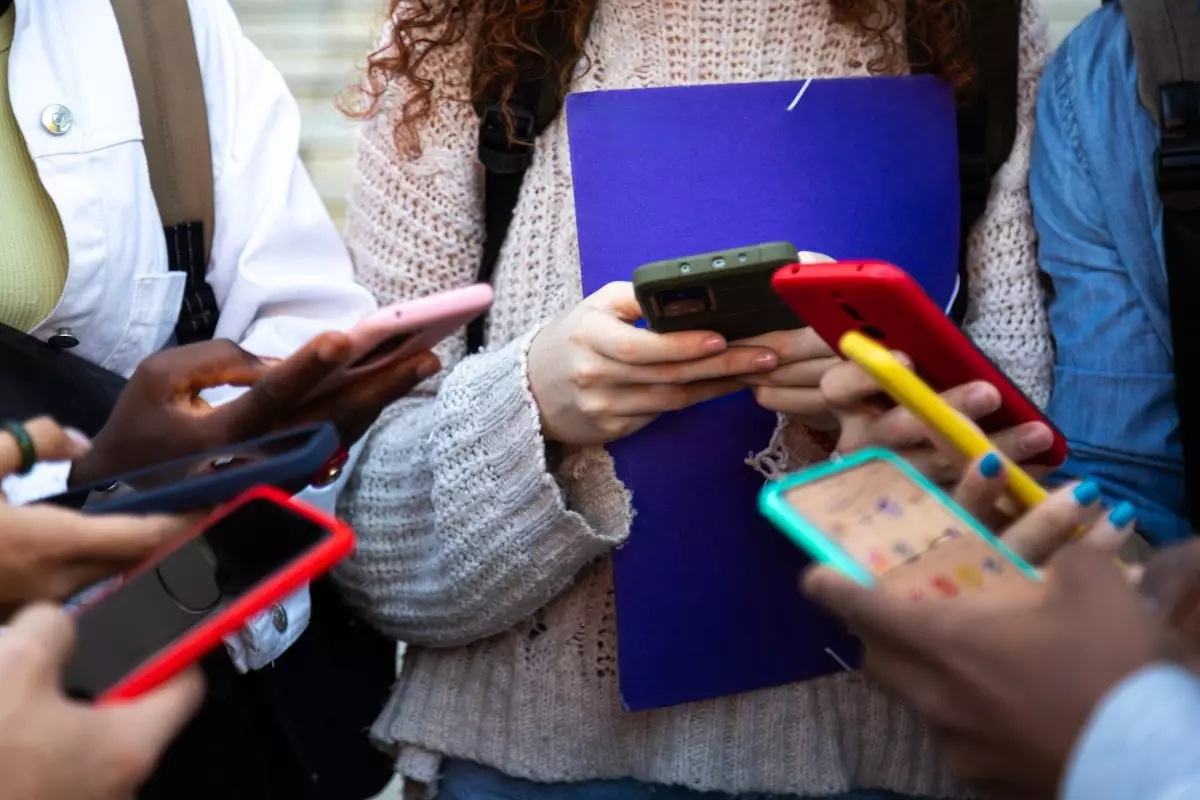On a transformative note, Instagram has taken a significant step towards fostering a safer digital environment for students by launching a partnership program specifically for middle and high schools across the United States. As schools grapple with the rising concerns of cyberbullying and other safety issues, this initiative offers a timely solution aimed at expediting the processing of moderation reports stemming from verified school accounts. By streamlining the reporting process, Instagram demonstrates a proactive approach that addresses the urgent needs of educational institutions and reinforces the platform’s commitment to accountability.
Connecting Schools and the Digital World
The primary function of this program is to empower educators by allowing them to directly report any posts or student accounts that potentially violate Instagram’s community standards. Verified school accounts will have their reports prioritized, ensuring that the issues are addressed promptly. This direct gateway not only signifies a recognition of the unique challenges faced by schools but also underscores Instagram’s responsibility to maintain a healthy online atmosphere for its younger users. However, while the prioritization of reports is commendable, one cannot help but wonder whether Instagram has sufficiently equipped itself with the necessary resources to handle the anticipated influx of reports efficiently.
The Role of Educational Resources
Moreover, the initiative’s focus on providing educational resources and tips for safe app usage adds another layer of value. These resources, aimed at educators, parents, and students alike, create a more comprehensive strategy for digital safety. By engaging multiple stakeholders, Instagram recognizes that the responsibility for fostering a secure online environment does not solely rest on the platform but is a collective endeavor. However, the effectiveness of these resources hinges on their accessibility and practicality. Are these tips adequate for addressing real-world challenges faced by students? Instances of cyberbullying or inappropriate behavior require nuanced solutions, and merely offering guidelines may not suffice.
Legislative Backdrop: A Growing Scrutiny
This program emerges at a critical juncture as the U.S. Senate pushes forward with its Kids Off Social Media Act (KOSMA), a legislative measure seeking to limit social media access for individuals under 13. With other bills like the Kids Online Safety Act (KOSA) and the Children and Teens’ Online Privacy Protection Act (COPPA) gaining traction, it’s clear that lawmakers are increasingly concerned about the online landscape’s impact on youth. Instagram’s proactive measures could be interpreted as a response to this scrutiny. Yet, it raises the question: Is this initiative merely a strategic move to calm legislative pressures, or is it genuinely aimed at making social media safer for young users?
Collaborative Foundations for Innovation
The valuable insights gained from a year-long pilot program involving 60 schools underscore the importance of collaboration between educational institutions and tech companies. Partnering with organizations such as the International Society for Technology in Education and the Association for Supervision and Curriculum Development (ISTE and ASCD) shows an awareness of the complexities surrounding technology integration in education. While the initial steps taken are encouraging, the long-term success of the initiative will depend on the continuous feedback loop between Instagram, the schools, and the students they serve. It remains to be seen whether this program will evolve alongside the ever-changing landscape of digital interactions and youth culture.

